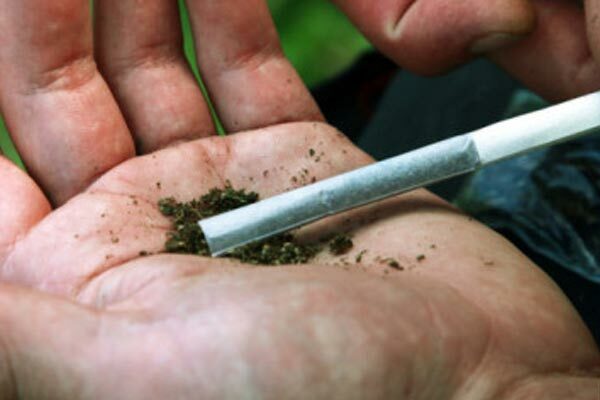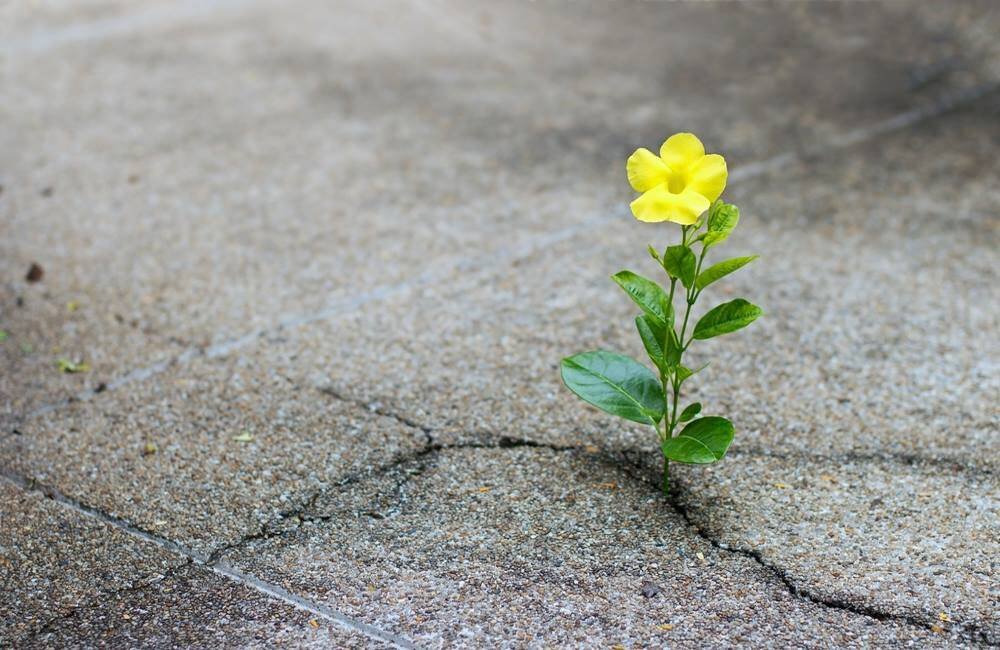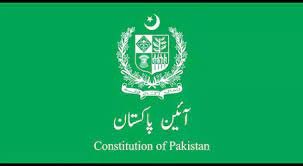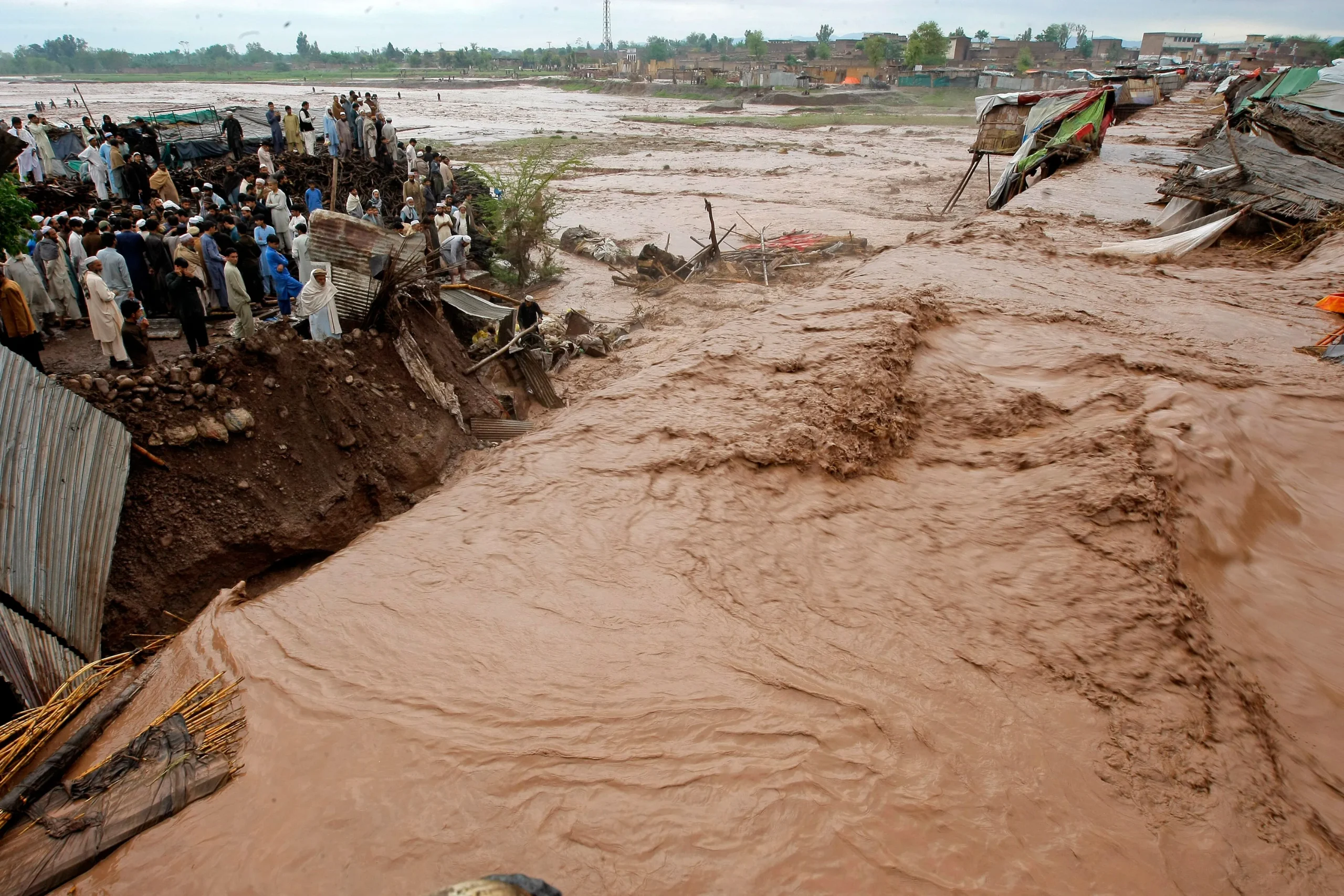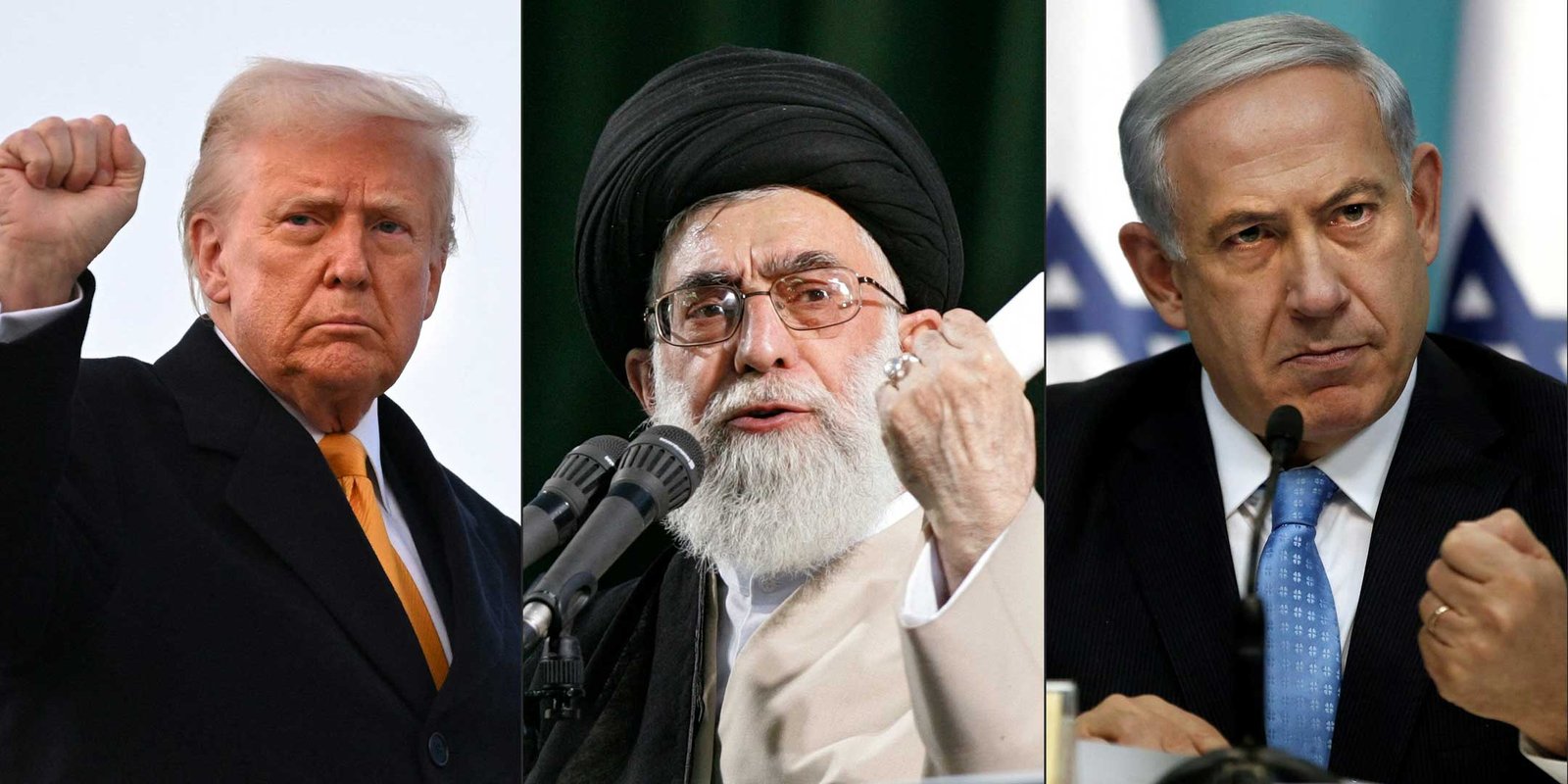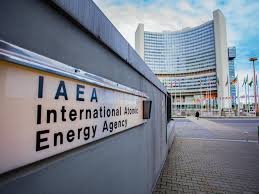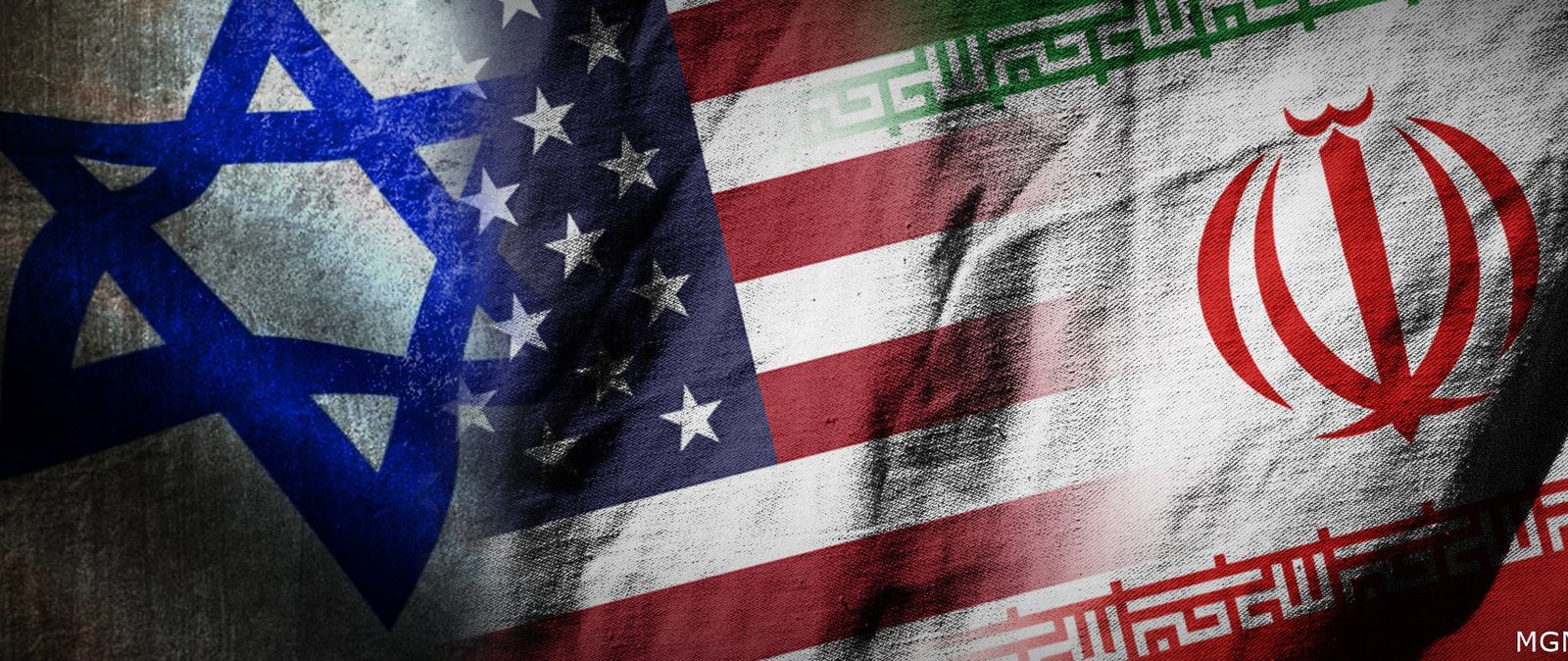ARTICLE
Addiction is a physical and psychological reliance on illicit drugs. The addicts use such drugs despite their catastrophic effects on their bodies. It predominantly brings a brain disorder. Characteristic functional changes in numerous brain areas for self-control, reward and stress are attributed to addiction. Additional risk factors that could trigger this disorder include; violent behaviour during childhood, lack of parental supervision, accessibility of drugs in institutes like schools, pitiful social skills, drug experimentation and poverty. This disease burden is nearly 5.5 per cent worldwide, as per estimates by World Health Organization.
Evidence confirming human drug use dates back further than most of us realize. While written documentation from the Pre-Classical (2,000 B.C.E. – 1,000 B.C.E.) and Classical (1,000 B.C.E. – 500 C.E.) periods conclusively confirm the usage of opium, cannabis, alcohol, tobacco, and assorted forms of fungi for religious, medicinal, and occasionally recreational purposes, discoveries in the past decade reveal the presence of psychoactive – commonly known as mind-altering – substances in the human archaeological record long before the practice of written record. The usage of drugs is as old as human civilization. The Indian subcontinent had its particular orientation to drug addiction.
According to the United Nations, Pakistan is a country of 220 million people, and 10 million are drug users. The addicts can access the drugs such as heroin and cannabis easily in Pakistan, and most of them come from Afghanistan, which shares 75% of the world’s heroin. It is approximately believed that such illicit drug trade in Pakistan is nearly $2 billion annually. Khyber Pakhtunkhwa is one province of Pakistan where 11% of the total population is hooked on drugs, mainly cannabis. In Baluchistan, nearly 280,000 people were drug users in 2013. Punjab is at the top position in terms of the number of drug users. Surprisingly, some 800,000 Pakistani people aged between 15 to 64 years are regularly using heroin, as reported by United Nations Office on Drugs and Crime (UNODC). The number of people injecting such drugs for addiction is more than 12,5000. This number is continuously increasing every year. The statistics mentioned above are mere estimations reported by public or private organizations. However, the number of addicted people in Pakistan is far more than these statistics. The menace has spread like wildfire. It is prevalent in the elite as well as the poor. It is also commonplace in schools, colleges and universities. Then it is also increasing among women in Pakistan. Various police reports and data suggest that the crime involved around the assemblages, transportation, distribution and usage have increased manifold since the Afghan War’s initiation and the Afghans’ entrance into Pakitan during the Zia regime. Hence, the most disappointing part is that most addicts are the youth of Pakistan.
Fundamental causes for Drug Addiction in Pakistan are Poverty, lack of education about drugs, lack of jobs, economic frustration, peer pressure, parent’s negligence, stress, and accessibility of drugs at low prices. Then another growing reason is the rapidly changing social norms. The youth culture is giving in to the intoxication. Psychological causes, such as depression, anxiety, and despair, contribute significantly to Pakistan’s addiction problems. Drugs of Choice Among Addicts in Pakistan are available easily as the mafia has transformed into an industry. There are enormous profits and commercial benefits attached to the trade of narcotics. The most frequent drugs which addicts in Pakistan use are Hashish which is also called cannabis (4·03 million [3·6%]), Opiates (1·02 million [0·9%]), heroin (813 000 [0·7%]) and painkillers (1·69 million [1·5%]). The sharing of syringes is a common practice among drug users (70%) who inject opiates.
The issue of drug addiction is rising as the writ of the society and state declining. Drugs in Pakistan are comparatively an international phenomenon. Smuggling is the principal supply chain of drugs. With the efficient control of the Afghan border, there are chances to obstruct the supply chain. Local production also contributes to the supply of all forms of drugs. The distribution network is more potent, and the performance of the narcotics agencies is average. The rise in drug addiction is an administrative failure. People attribute social norms, lack of parental supervision, and psychological issues as the primary cause of drug addiction. Then, it may be acceptable; however, it is purely a state failure. Drug business is criminality. Criminality must be terminated from society with force. The state must exercise writ mercilessly to remove the drug mafia that is playing with the life of people. It is the worst assassination, and the state can not be a spectator. It is paramount to create social awareness and ensure social checks and balances, but it is even more significant to terminate the mafia involved in the industry.
The drug abuse control master plan of 2010-14, intended to make a drug-free Pakistan by 2020, is a failed plan. All subsequent programs and projects have not achieved the targets of controlling drug addiction. The Federal Ministry of Narcotics Control, along with provincial bodies, have not been able to implement the objectives of the policies. The rate of relapse is 90% among treated addicts, possibly due to the unacceptability and lack of support of the family members and community. There is a dire need to involve non-government bodies to provide psychological guidance and support to addicts, their families and the community to cut down the probability of relapse. The government has initiated numerous awareness campaigns, but the number of drug users is still increasing at an alarming rate. The school-based educational and awareness interventions could have a long-lasting impact on reducing the number of drug users in Pakistan. A social awareness campaign is critical; then the merciless implementation is more crucial. The national and international dimensions of the issue must be dissected and rooted out. Pakistan is suffering from the capacity crises of institutions owing to political and administrative reasons. Thus, raising the administration bar and implementing the state’s writ is imperative.
The social and administrative rehabilitation of the addicts is the priority. It requires the imposition of an emergency. How can the state and society allow the evil of drug addiction to spread? It is nothing less than murder. The social values of communal life need incorporation into national life. Behavioral responses are so essential. Then, the administrative responses must be potent. The federal and provincial bodies may have sufficient budget, resources, capacity and execution. The law regimes are strong but need implementation. Lastly, the addicts are not guilty. The growers, manufacturers, and distributors are criminals. The state must not forgive the business and economic interests of the mafia. The conviction rate of the mafia is disappointing. The addicts are not criminals but the businessmen of the industry. They are killing people, and the state must punish them. The state can only control drug addiction crimes by reforming the administrative and criminal justice system.



